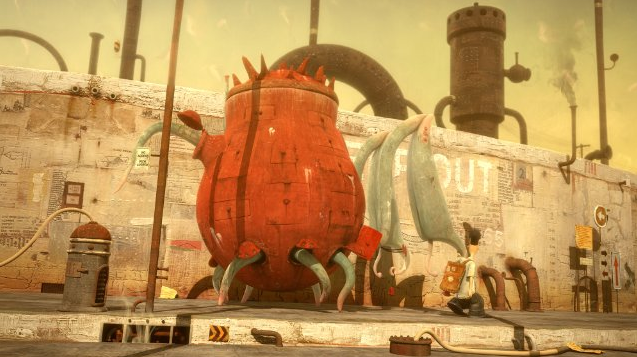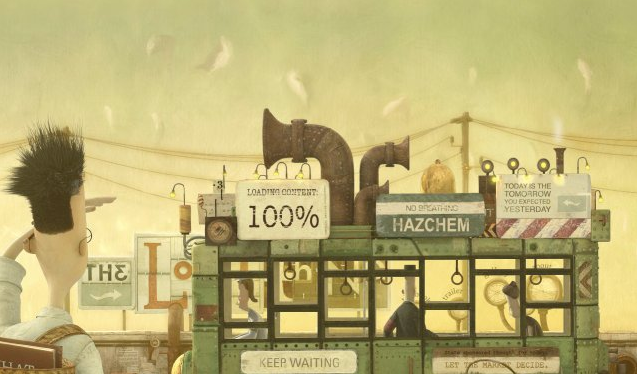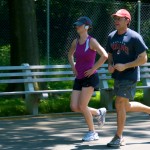The Lost Thing, by Shaun Tan and Andrew Ruhemann
I may be unusual, but my favorite Academy Awards are Best Foreign Film, Best Documentary, Best Short Documentary, Best Short Film, and Best Animated Short Film. Because people will go see The King’s Speech and Inception anyways, but having awards for shorts, docs, and foreign films brings broad recognition to forms that, unluckily, are often ignored.
This year I was blown away by the Oscar winner of the Best Animated Short film, Shaun Tan and Andrew Ruhemann’s “The Lost Thing.” You can view “The Lost Thing” on Indie Movies Online or buy it on itunes. Here’s the trailer:
It’s a film that invites you to wonder again, to notice things, to slow down, and it does so by capturing a sense of wonder over its 15 minutes. Here’s a few of my thoughts on the film:
Introduction to the Lost Thing
I love the way that we as an audience meet the Lost Thing. Without using the Blair Witch project hand-held look, we go into the Point of View of the narrator, seeing first a bell, then circling the Thing, then seeing the whole creature from a low angle looking up. While we never get into the main character’s head–we never find out why he cares enough to take care of the Lost Thing–the camera angles and cuts create a close psychic distance to the narrator, and because he cares about the Lost Thing so do we.
The Solution to a Soul-Less World:
As is common in literature and film, we’re presented with a fallen, perhaps soul-less world, a world full of technology and progress, that has (in Shaun Tan’s film) literally lost much of its color, its life.
But rather than the archetypal move to return to Walden’s pond, cast away technology, and embrace nature, Tan does not condemn technology. The world of wonder we’re presented with has nothing purely natural about it. Like the Lost Thing it is somewhat mechanical, somewhat natural. But if we pay attention to it, it will change the way we look at the world.
This solution is a lot more realistic than casting off our technologies so we can raise crops in solitude. Rather than posing the question of technology vs. nature, Tan and Ruhemann pose the question of the normal, rushing rhythms of our lives (which may happen to be technological) vs. the awareness, the wonder that make life worth living. Perhaps it’s not a surprise that this film is adapted from a picture book, because what is lost in this film is not really some sort of strange red creature, but rather an essential, childlike part of ourselves. A part of myself that I personally rediscovered because of this delightful, animated short.





My daughters (age six and three) love “Where the Wild Things Are”, “The Spider and the Fly”, and we’ve rctenely started reading chapter books – “Junie B Jones”, “Matilda” (my youngest is named “Matilda”, so she especially loves it), and “The Little Prince” are all recent reads. “SkippyJon Jones” books are also a hit with both daughters. Yes…. we read a LOT in our household, lol.megancrose at gmail dot com